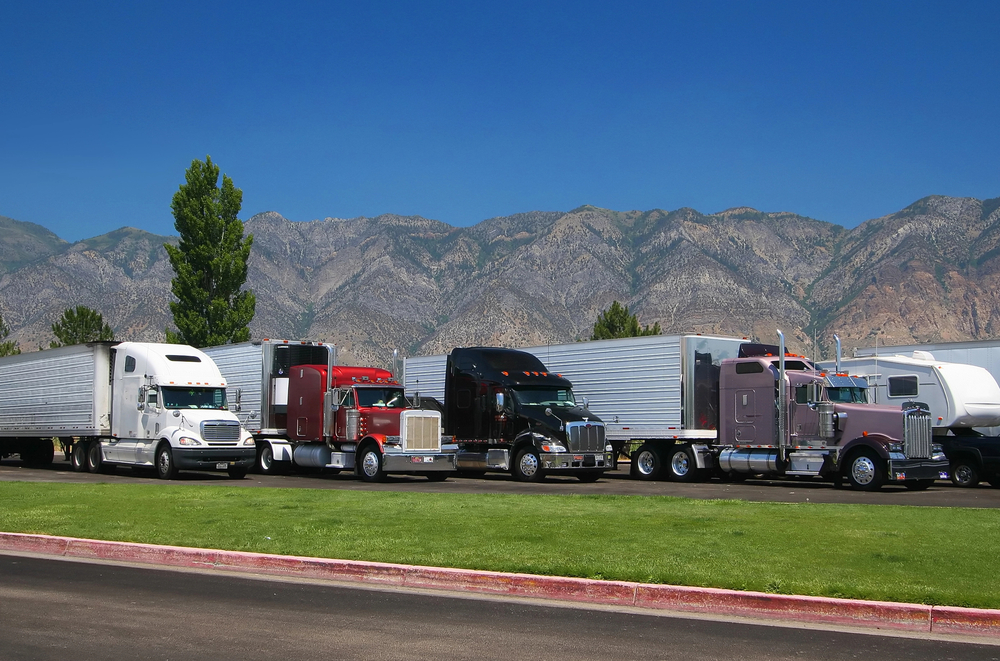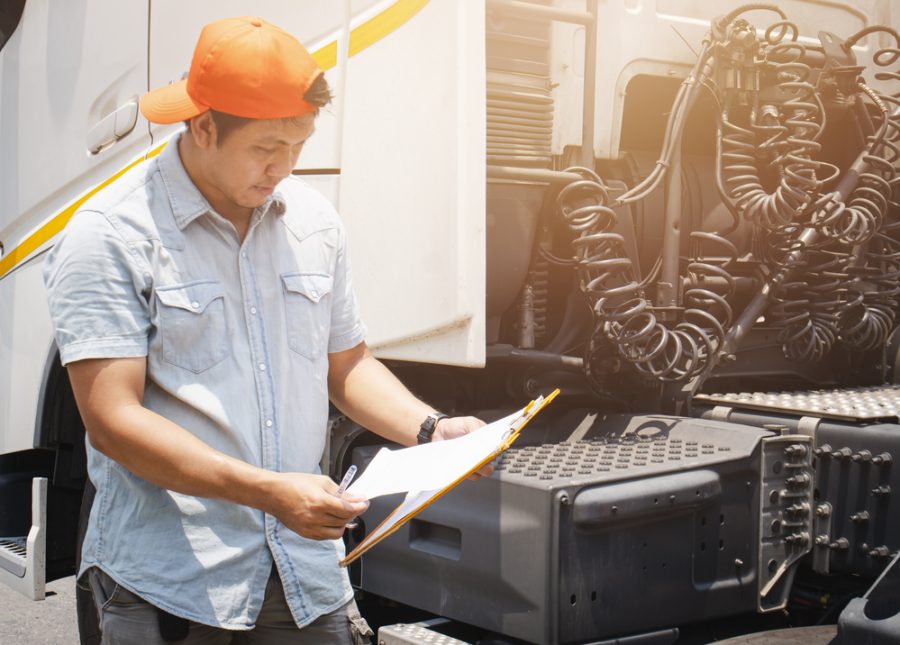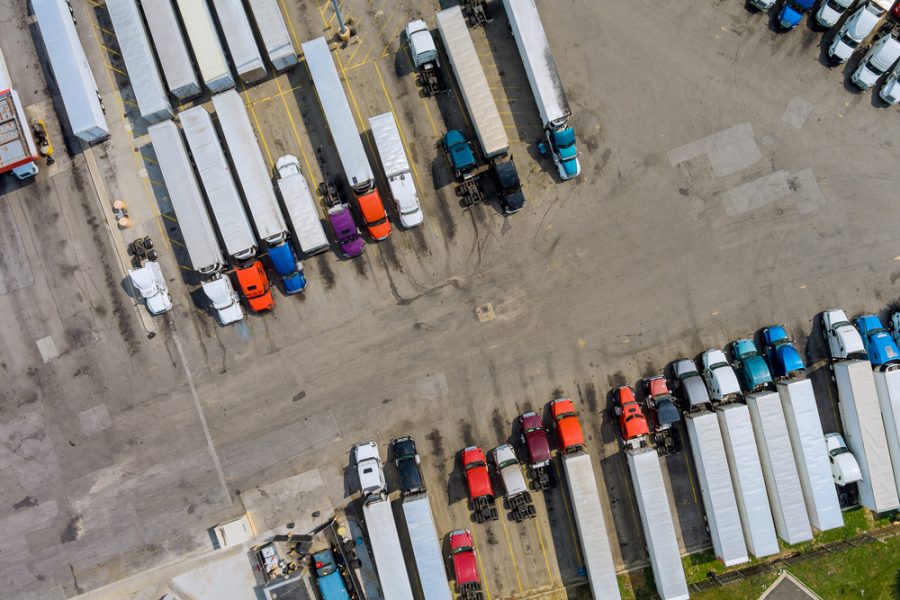Introduction
Slip seating is a trucking industry term where multiple drivers use the same truck at different times, basically sharing the truck. Slip seating is important for truck drivers and those interested in trucking. For drivers, understanding how slip seating works will help them adjust to different schedules and truck assignments and prepare them for sharing a truck. For those interested in trucking, knowing the benefits and drawbacks of slip seating will give you insight into the operation.
What is Slip Seating?
Slip seating is a commercial vehicle operation where multiple drivers share the same truck at different times. This is to keep the trucks in continuous use, maximize their use, and minimize idle time. By rotating drivers, trucking companies can keep their fleet active and productive and can service multiple shifts and schedules without having to have extra trucks. Slip seating is common in industries where service is 24/7 like long haul trucking and logistics.
One of the keys to slip seating is to have strict routine maintenance to keep the shared trucks in good condition. With multiple drivers using the same truck, wear and tear can accumulate faster, so regular inspections and timely repairs are a must. Proper maintenance not only extends the life of the trucks but also the safety and reliability of the equipment for all drivers. By prioritizing maintenance, companies can minimize downtime, prevent breakdowns, and maintain a high level of operational efficiency in their slip seating practices.
Benefits of Slip Seating
Reduces Downtime: Slip seating can reduce downtime by maximizing vehicle use. With drivers working different shifts, trucks are idle less and on the road more, resulting in more runs. Maximizing each vehicle will make each vehicle used to its full potential and overall fleet productivity.
Efficiency: Continuous use of the vehicle means more efficient operations. By keeping trucks in use, the maintenance schedule can be streamlined and overall wear and tear can be spread evenly across the fleet. This means more efficient logistical operations and a consistent flow of deliveries and pickups.
Monetary Incentives: Slip seating can give trucking companies potential monetary bonuses and tax incentives. By maximizing vehicle use and operational efficiency, companies can qualify for various financial benefits. These incentives can offset the cost of having a larger fleet and implementing the slip seating system.
Career Opportunities: The multiple shifts create more job opportunities for drivers. As slip seating requires more drivers to cover all shifts, it opens up career paths for those who want flexible hours. This increased demand can attract a wider workforce and opportunities for both experienced drivers and newbies in the industry.
Slip Seating Challenges
Driver Satisfaction: One of the challenges of slip seating is the potential decrease in driver satisfaction. When drivers don’t have control over the same truck, it can lead to discomfort and frustration. Personalizing and getting used to a particular truck becomes hard, which can affect overall driver morale and satisfaction.
Maintenance Issues: With multiple drivers using the same truck, there’s an increased risk of maintenance issues. If routine maintenance is not followed strictly, the equipment will be neglected. This can lead to more breakdowns and higher repair costs, ultimately the reliability of the fleet.
Safety Concerns: Driver changes introduce risks of truck accidents. Each driver has different driving habits and familiarity with the truck which can be a safety concern. If maintenance is overlooked, the risk of accidents due to mechanical failure increases and is a big hazard to drivers and the public.
Inefficient Use: Slip seating can be inefficient if not managed well. The process of driver changeovers takes time and without a system in place, these transitions can be lengthy and disruptive. Poor management of the slip seating system can result in wasted time and reduced productivity, negating the benefits of maximizing vehicle use.
Driver Considerations
When implementing slip seating, smooth driver transition is key to service quality. Good communication and clear procedures for driver changeovers can ensure that each driver knows the condition of the truck, outstanding maintenance, and operational requirements. This coordination will minimize disruptions and maintain the reliability and efficiency of the fleet. Providing drivers with thorough training on transition can reduce frustration and make the operation smoother.
Sharing a truck is different from having one truck per driver. Drivers will find it hard to develop the same level of control and familiarity with a truck they don’t use exclusively. This can affect their comfort and efficiency as each driver needs to adjust to the truck’s settings, handling, and any habits left by the previous driver. To minimize these challenges, companies must prioritize regular maintenance and address issues immediately to keep the trucks in good condition.
Trucking Companies
Driver training is key to the success of slip seating. Driver training programs should cover the specifics of slip seating, focusing on safety and efficiency. Training should include topics like adapting to different trucks, pre-trip inspection, and reporting of maintenance issues. By equipping drivers with the right skills and knowledge, companies can ensure safety, reduce accidents, and smooth operations. Regular training refreshers can also update drivers on best practices and changes in procedures.
Regular maintenance is another important part of slip seating. Regular maintenance checks are needed to keep the trucks in good condition and address issues immediately. This will not only extend the life of the vehicles but also the safety of the drivers. Scheduled maintenance should be followed strictly and any reported issue should be resolved ASAP to prevent breakdowns and accidents.
Good communication and coordination among drivers are key to a successful slip-seating operation. Implementing strategies like detailed handover reports, real-time communication tools and regular team meetings can make a big difference. Clear communication ensures that drivers know the condition of the truck, maintenance needs, and specific operational requirements, resulting in smoother transitions and better overall performance.
Summary
Slip seating has its benefits and drawbacks for the trucking industry. On the good side, it maximizes vehicle use by reducing downtime, increases operational efficiency, and opens up more career opportunities for drivers through increased shift demand. Financial incentives and tax benefits are additional economic advantages for trucking companies. But it also has challenges like decreased driver satisfaction, increased maintenance issues, safety concerns, and inefficiencies if not managed well.
But with the right practices, driver training, regular maintenance, and communication, trucking companies can make slip seating work.






